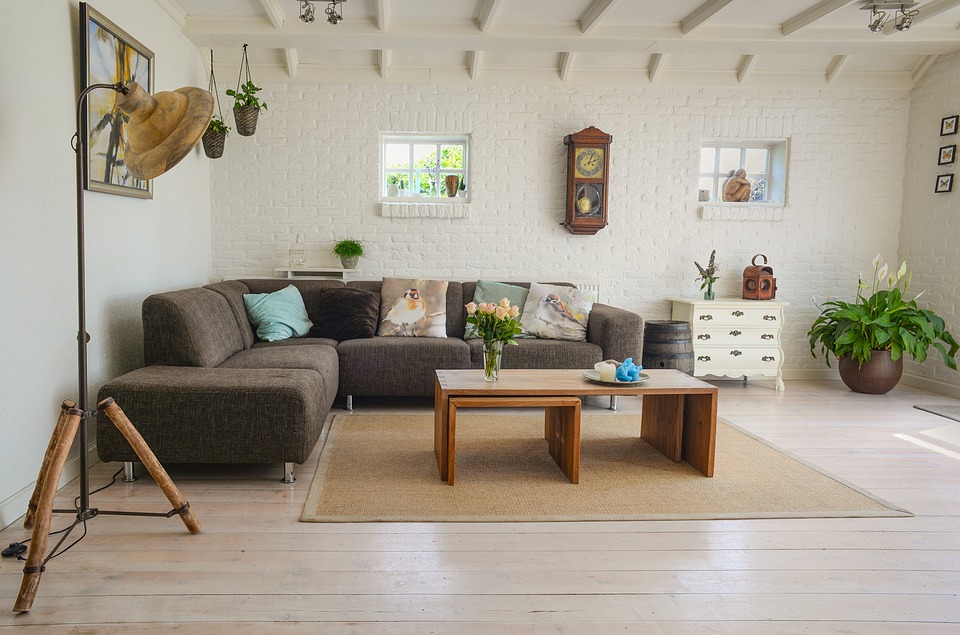Ranging from rich hardwood to tiles and plush carpeting, homeowners have several flooring options to choose from. Irrespective of your choice, you should take features like colour, comfort, and durability into consideration. But with endless types in the market, choosing the appropriate flooring for your home can become a headache. That said, a little research can empower you to feel more confident about your choice. The flooring is one crucial element that makes a visual impact on your home. Therefore, follow these tips to select the best flooring type.
- Check your space
The first thing you must consider is the space or size of the room you are going to lay the flooring. This way, you can make a more informed decision. For instance, light colours can make small rooms feel much bigger, while darker accents can introduce warmth when required. As a tip, pick samples from a local flooring supplier and lay them out in your room. Testing the flooring in your home will give you an idea of how they would blend with your rooms and their furnishings. Plus, it will help you visualise how the flooring will look at different times of the day.
- Choose between hardwood and engineered wood
As explained before, there are limitless flooring options these days, but most homeowners settle on one of four types: tiles, vinyl, wood, and carpet. The flooring style you choose may depend on your personal preferences and budget. Hardwood flooring is one popular choice to consider. It is known for its aesthetic appeal, versatility, and durability – it is timeless. Hardwood flooring can complement any interior style, thanks to the wide array of tones, grains, and finishes available. Although they may be at the expensive end of the flooring spectrum, hardwood guarantees longevity and value for money. Knowing where to buy hardwood is equally important. Therefore, work with flooring suppliers who make use of a plywood cutting service to ensure your materials are cut to your exact specifications. It also helps to ensure your wood floor is sourced from environmentally friendly timber markets. Homeowners who don’t have the budget for hardwood may want to invest in engineered wood flooring; this consists of thin layers of hardwood embedded on a plywood substrate. The main advantage engineered wood has over hardwood is greater resistance to moisture and temperature; the former is more suitable for underfloor heating systems.
- Consider your priorities
Every homeowner has priorities when it comes to flooring installations. Some go for tough and durable kitchen floors, while others prioritise comfy surfaces and easy maintenance. Those who want softness and comfort may want to consider carpeting. It’s important to note that every floor requires some level of cleaning and maintenance to stay in good condition. Carpeting often requires the most work on a daily basis. The fibres may trap dirt, dust, and allergens, making vacuuming a must every day. Usually, alternatives like hard surface flooring require less maintenance. Staining and dinginess won’t be a major issue once you stick to regular cleaning. The frequency of sweeping and mopping may depend on your household, like whether there are kids and pets in your home.





Leave a Reply